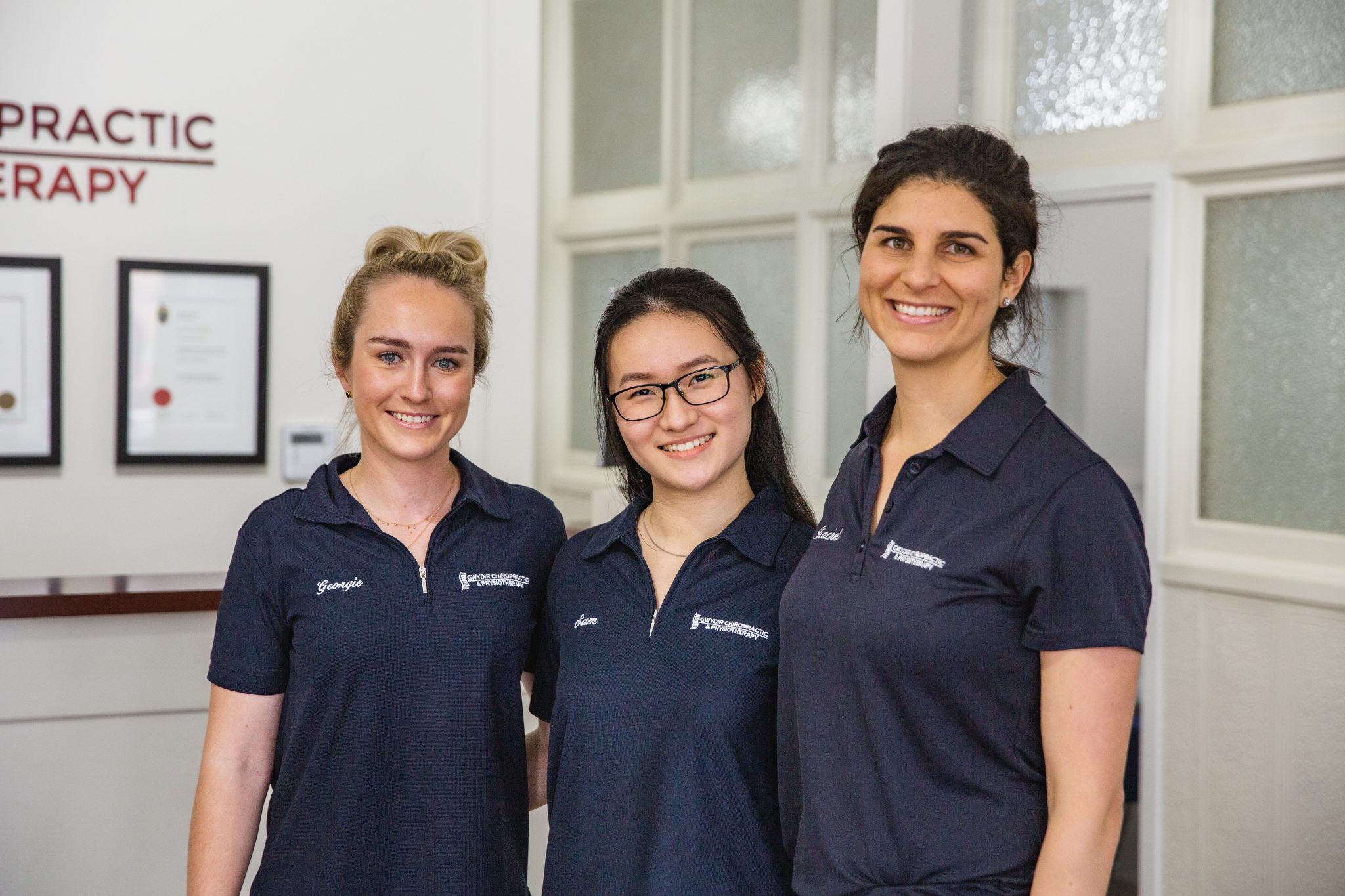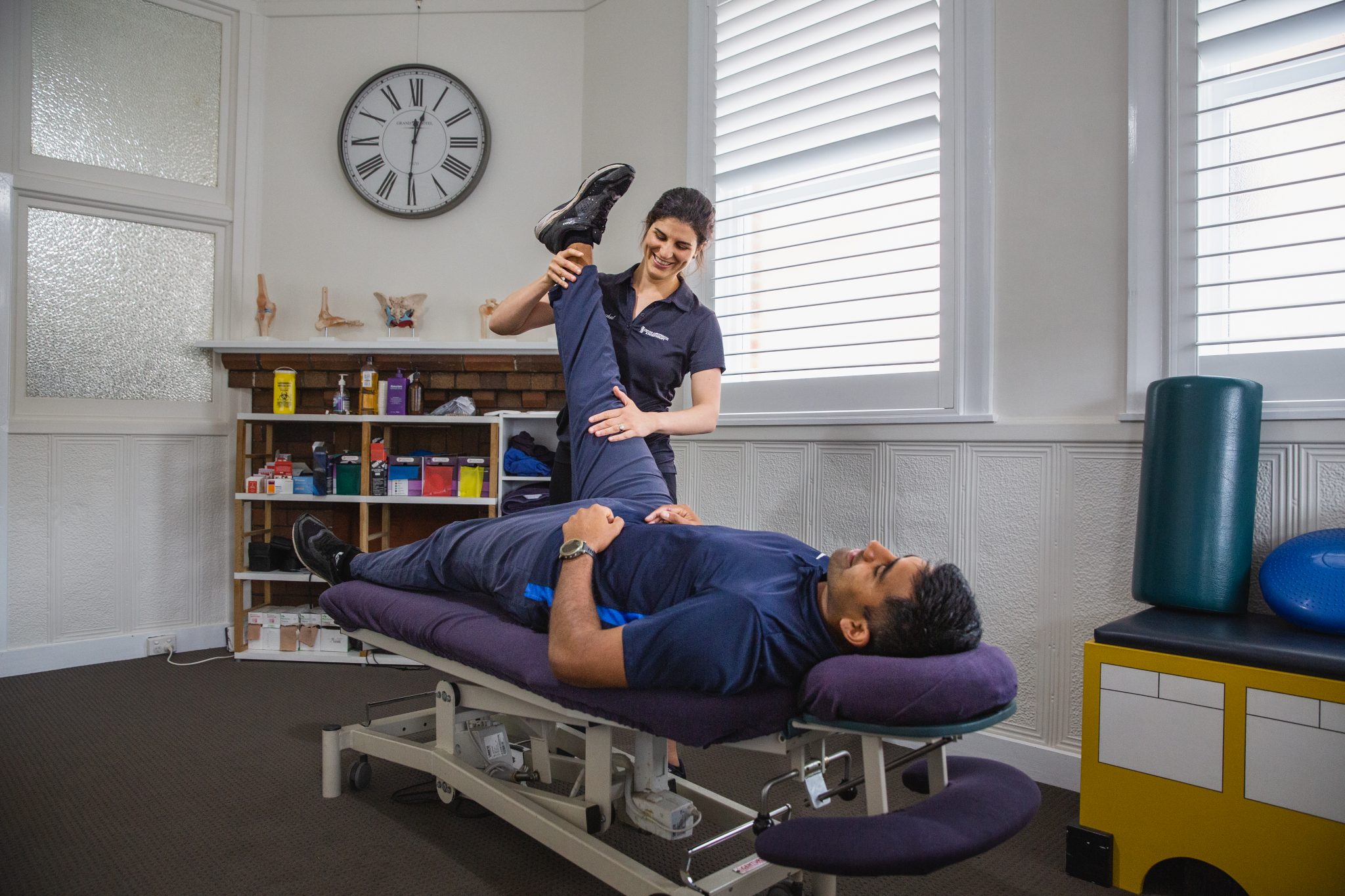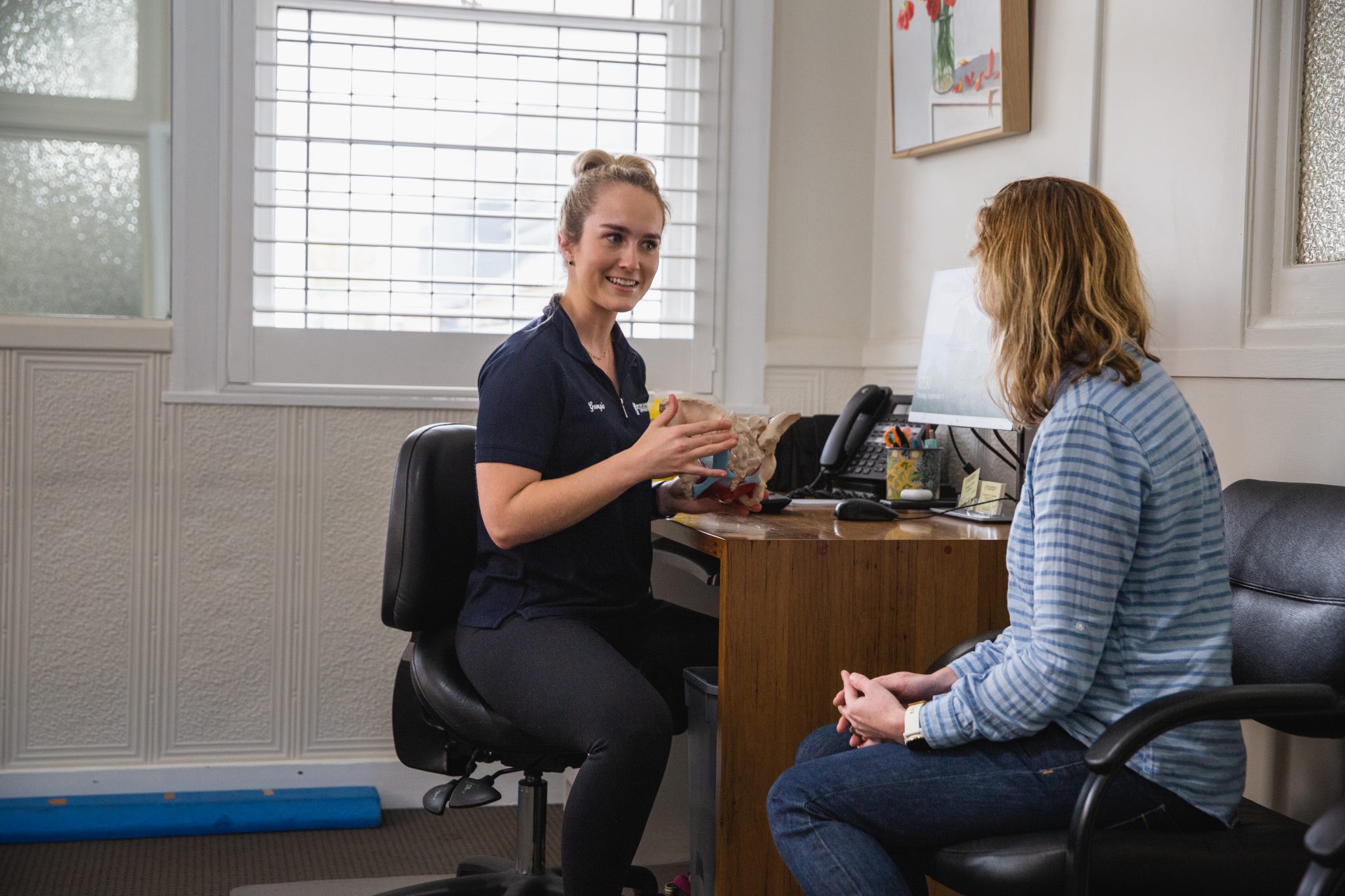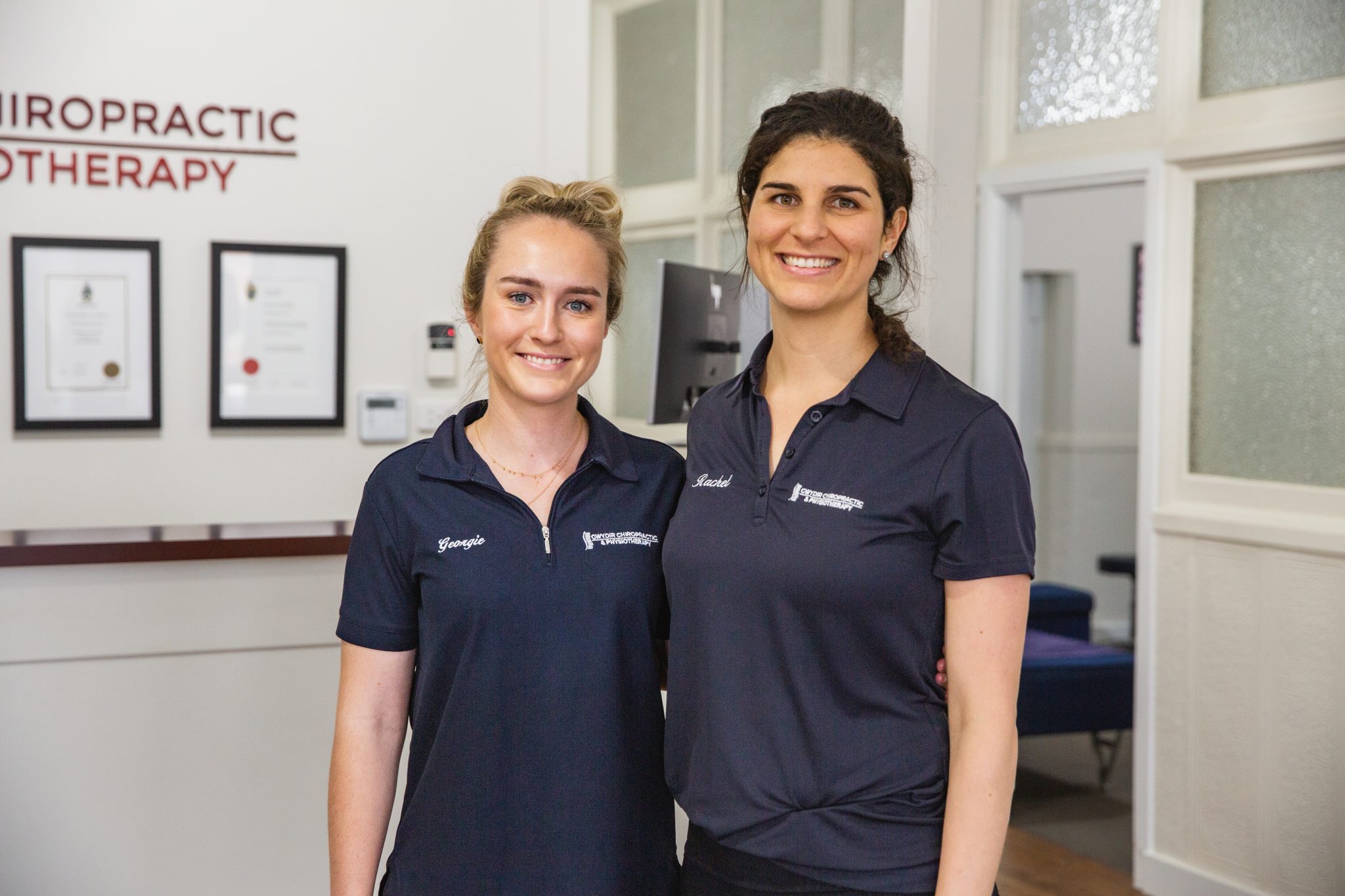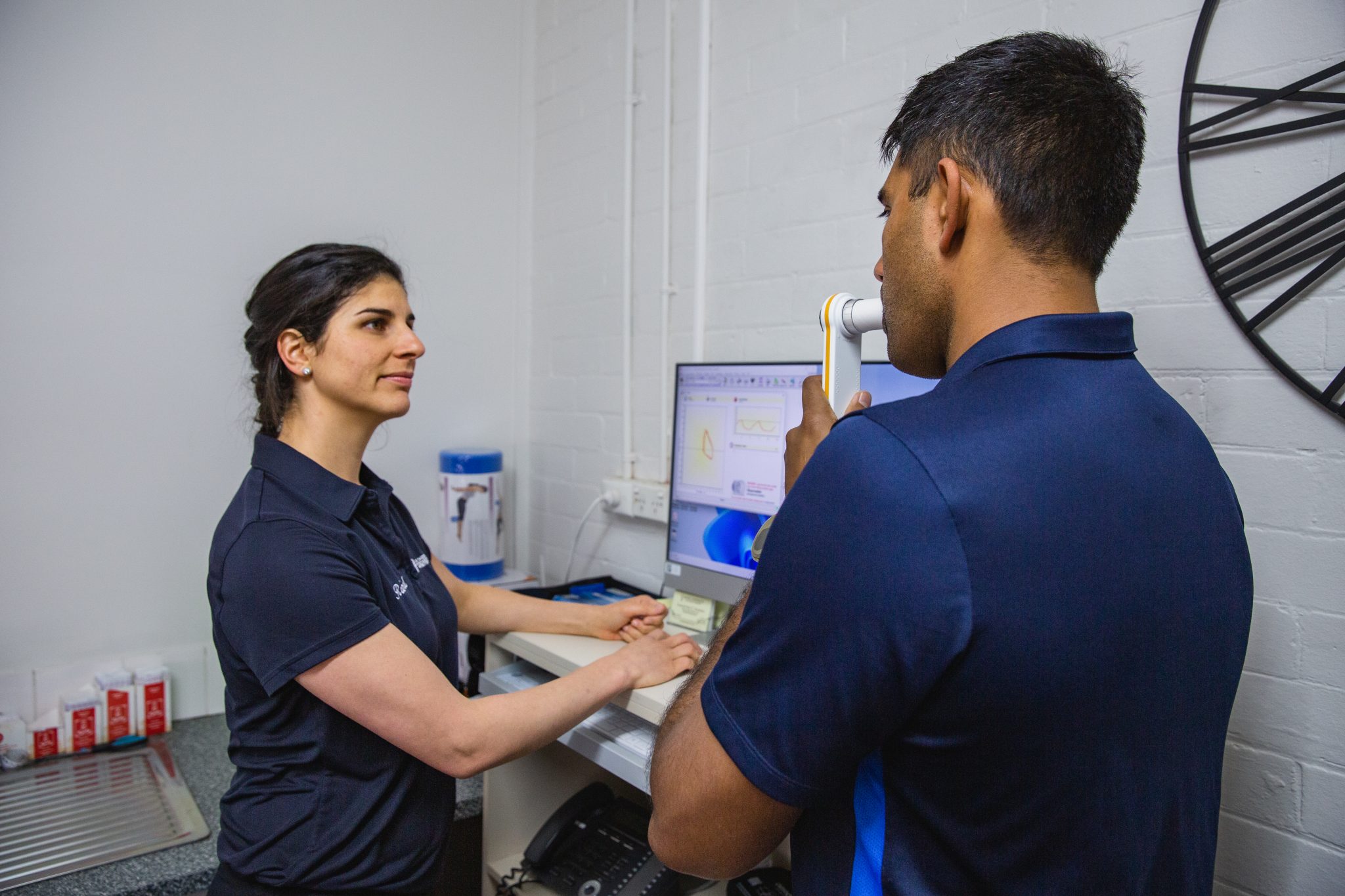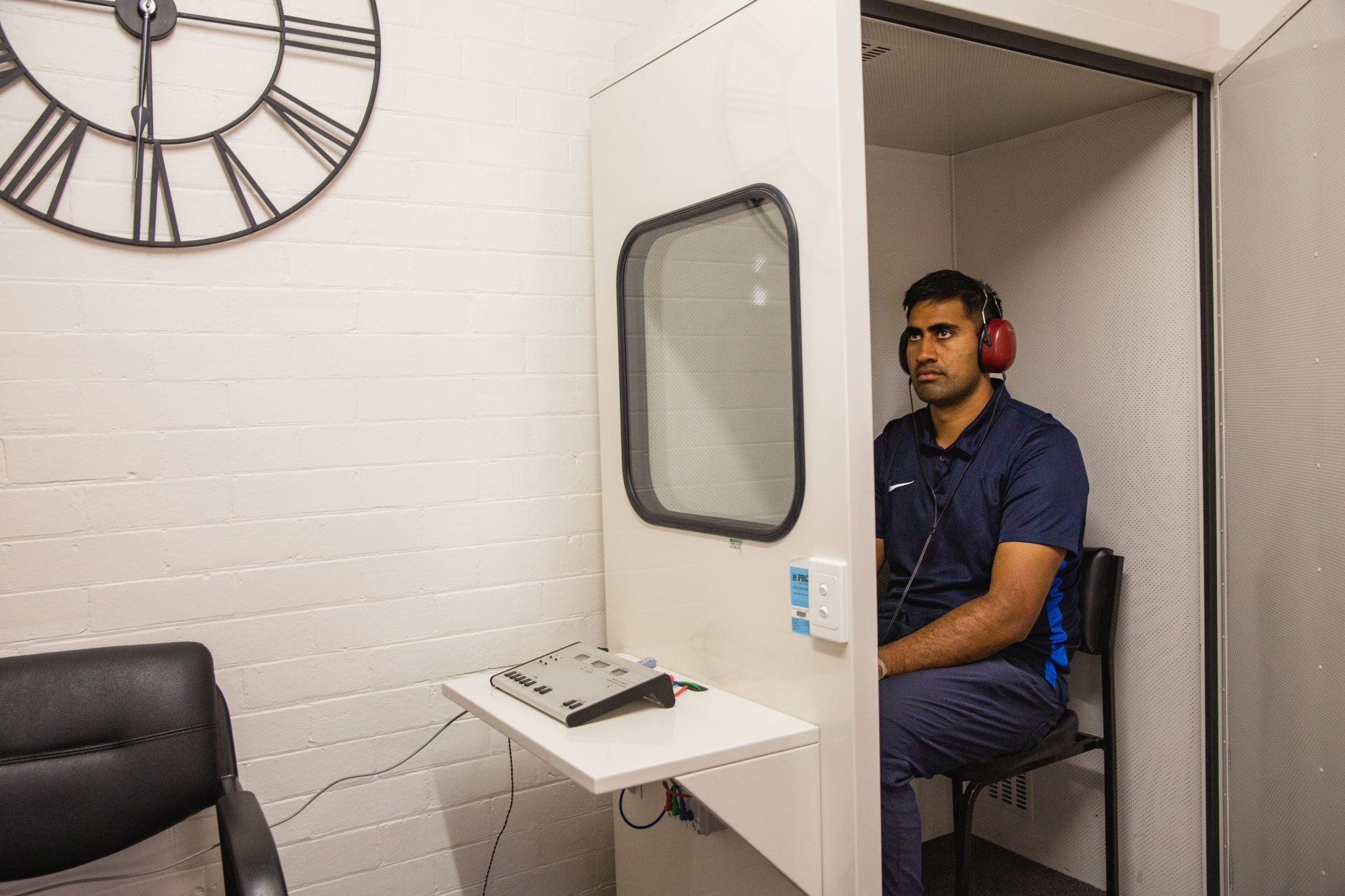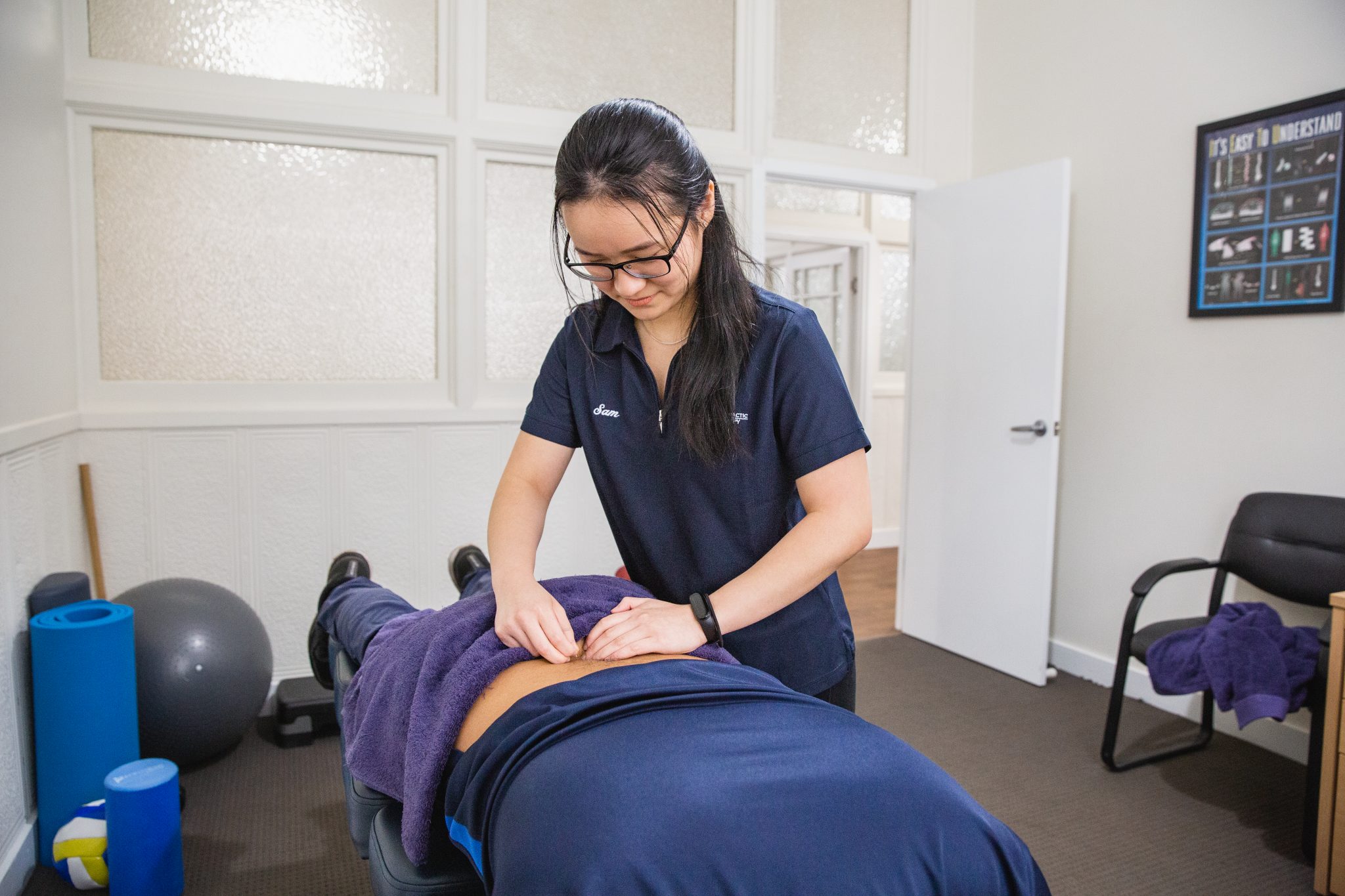Chiropractic
For many patients, this may be your first visit to a chiropractor. So please allow us to give you an outline of what to expect. Firstly, our goal is to help you find out the cause of the problem, if it’s something we feel we can help with we’ll continue with our examination, if its outside our expertise, we’ll point you in the right direction of someone who can.
If you have any current or prior exams such as CTs, MRIs, X-rays or other relevant test results, please bring them along to assist the Chiropractor in learning as much as they can regarding your condition.
Chiropractic Consultation and Examinations
We provide a thorough and extensive consultation which will first involve the Chiropractor asking questions regarding previous injuries, falls, postural habits, sports, repetitive stressors, etc.
Following this, a physical examination is completed looking at the specific movement of the area of concern and completing any relevant tests (what we call orthopedic tests) that help us in identifying the cause. If we feel x-ray analysis would gives us further clarity of the problem, we have an onsite digital x-ray machine and virtual team of radiologists that provide us with extensive radiology reports.
After your Exam
Following your first visit, the chiropractor will review your consultation and the findings to the examinations. We understand that no two conditions are the same. As such, the chiropractor will review a specific program of correction that is customised to you if they feel it is a complaint or condition they can help you with.
We have built strong relationships with health care providers throughout. If we find during the examination that this is not a chiropractic case, know you will be immediately referred to a health practitioner we feel best suits your condition.
Techniques Used
Gonstead
The Gonstead System of Chiropractic, represents arguably the “gold standard” in “hands on” spinal adjusting due to the lengthy training and specificity of analysis. The specific adjustments help return the spinal joints to their correct position and function resulting in proper nerve function and improved health.
Thompson
Thompson Terminal Point technique is a system of analysis and a special table that reduces the amount of energy needed to adjust your spine. A special weighing system is used to apply the corrective adjustments.
Activator
Pregnant patients and older patients with bone-weakening conditions like arthritis and osteoporosis particularly find comfort with the gentle nature of an Activator adjustment. Don’t like the popping or cracking that you may have heard? but still want results through precision and accuracy. The Activator Method uses a small, hand-held instrument called the Activator Adjusting Instrument to deliver a gentle adjustment to the spine to correct the source of the problem.
Physiotherapy
What to expect
Throughout the course of your initial consultation, the physiotherapist will explain in detail the clinical diagnosis and the recommended course of treatment.
Hands on techniques, such as soft tissue release, trigger point therapy, joint mobilisation, taping and passive stretching, are regularly used in our treatment. To create your tailored recovery program, we utilise an app called PhysiApp. This resource lets you complete your prescribed stretches or exercises with the help of narrated exercise videos. PhysiApp is completely free to download and we also have the option of printing these resources for our patients.

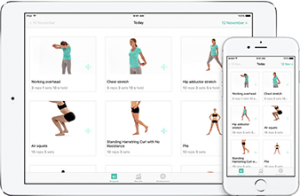
Women's Health
- 1 in 3 women who’ve had a baby wet themselves
- 1 in 5 suffer from poor bladder and bowel control
- 1 in 2 experience some degree of prolapse
- 1 in 5 experience pelvic or sexual pain
There are too many women suffering in silence, we are here to help you, we want to help you.
We Can Help With
- Pelvic Floor muscle weakness
- Incontinence (stress/urgency)
- Constipation
- Prolapse
- Vaginal/pelvic/bladder pain
- Urinary frequency or urgency
- Voiding dysfunction
- Pelvic girdle pain
- Rib pain
- Overactive bladder
- Abdominal Separation
- Return to exercise or running
- Pessary fittings
- Pregnancy safe exercise options
6-Week Postnatal Check-up
We believe that all new mothers should have access to a 6-8 week postnatal check-up by a Women’s Health physio.
Pregnancy and the delivery of a child (vaginal or caesarean section) brings extraordinary change to your body and your life. While some mothers through this time uneventfully, many mothers find it overwhelming or develop significant health concerns that may persist for weeks and months after giving birth. Having the knowledge and support in what to expect during pregnancy and after birth will allow you to make decisions with confidence regarding your own care and minimise the risk of delaying healing and recovery.
We often see women seeking help much later in life for pelvic trauma that occurred during their child-bearing age. This can often be prevented. Having a thorough assessment and physiotherapy consult at 6-8 weeks after birth by an experienced practitioner, gives you space to discuss concerns, pain, or difficulties you are encountering, as well as confidence about how to safely resume your usual activities. We can help you identify issues not recovering within a usual timeframe and give you the direction that will ensure the best outcomes.
What does a 6-week check-up involve?
Our experienced Women’s Health Physiotherapists Georgie and Rachel offer a 60-minute post-natal consultation.
During this time we;
- Discuss your birth and any symptoms or trauma resulting.
- Discuss your recovery since birth and any concerns that you may have.
- Check your abdominals for any diastasis/separation and discuss any management required.
- Pelvic floor assessment (this may or may not involve an internal examination). This examination assesses the activation and relaxation of the pelvic floor muscles, checking for any tears, and the supportive structures of the bowel, bladder and uterus for signs of prolapse.
- Provide advice on any recommended management plan for you moving forward.
Telehealth – Video and Phone Consultations
Many of our patients travel hours to our office. To make our services more accessible we offer video or phone consultations with Georgie and Rachel. This can be helpful if you’d first like to discuss your case and get clarity as to whether it’s something we can assist you with.
Pre-employment Health Assessments
Our current team has full accreditation to deliver full pre-employment and functional assessments (onsite and offsite) for employers and recruitment agencies within the Agriculture, Construction industries as well as local councils.
We are equipped and trained to do the full capacity of pre-employment testing that may include, but isn’t limited to; Audiometry, Spirometry, Visual Acuity, Colour Deficiency, Physical Assessment and Urine Drug screen, Alcohol breath test.
We have a soundproof hearing booth onsite and access to laboratory drug testing referral.
We provide companies, employers and recruitment agencies with reliable and fast pre-employment assessments that can be tailored to your organisation and job roles.
Pre-employment assessments identify whether a candidate can safely do the job, and provide a baseline health assessment for a worker before they enter a role.
Currently we provide services to Jobfit, InjuryNet, cotton gins located through NSW and QLD, Moree Plains Shire Council, Gwydir Shire, Inverell Shire Council and other surrounding agribusinesses.
Dry Needling
Dry Needling is a treatment technique using a sterile fine needle (acupuncture needle). And is used in conjunction with Physiotherapy. Following injury or pain, muscles tend to develop trigger points – usually consisting of a small band of muscle which feels knotty. It is sometimes painful when touched, but the pain is often referred to another area of the body. Our physiotherapists use super-fine dry needles to help alleviate the trigger point and relax the muscle tissue.
What's the Difference between Dry Needling and Acupuncture?
Dry needling involves insertion of needles into myofascial trigger points to deactivate and help resolve trigger points whereas acupuncture involves insertion in needles into specific energy meridians in order to achieve a desired result.
What can it help?
Dry needling can help many problems such as painful trigger points in muscles, acute swelling after injury, as well as muscle spasm and tightness.
Dry needling can also help stimulate healing in the injured tissues and headache referral from tight muscles.
How does it work?
Dry needling works on the pain-gate theory – where only one pain message can be recieved by the brain from one area at only on time. Normal slow dull aching messages form an injury can be ínterecepted’ by the needle message.
It helps reduce localised swelling, improves natural anti-inflammatory response and tissue re-modelling, as well as improves the alignment of connective tissue and scar tissue breakdown. With trigger points, needling into the trigger point will reduce the spasm and relieve not only the local pain but also the referred pain.
Workcover
Physiotherapists and Chiropractors at Gwydir Chiropractic & Physiotherapy are qualified in assessing and treating WorkCover patients and work-related injuries. We are WorkCover NSW approved, meaning our allied health professionals are trained to treat injured workers.
Process
- Present with WorkCover referral letter from your doctor prescribing physiotherapy/chiropractic treatment as well as your workers compensation claim number (which needs to be confirmed with your workers compensation insurance company).
- Treatment with assigned allied health professional.
- Allied health professional updates case manager on recommendations.
- Our office will bill your insurer directly, meaning there are no out of pocket expenses to you.
For most patients seeking help after an injury this is the first time calling your insurance, getting a referral and working out what to do. If you need any assistance at any stage please feel welcome to call our team.




